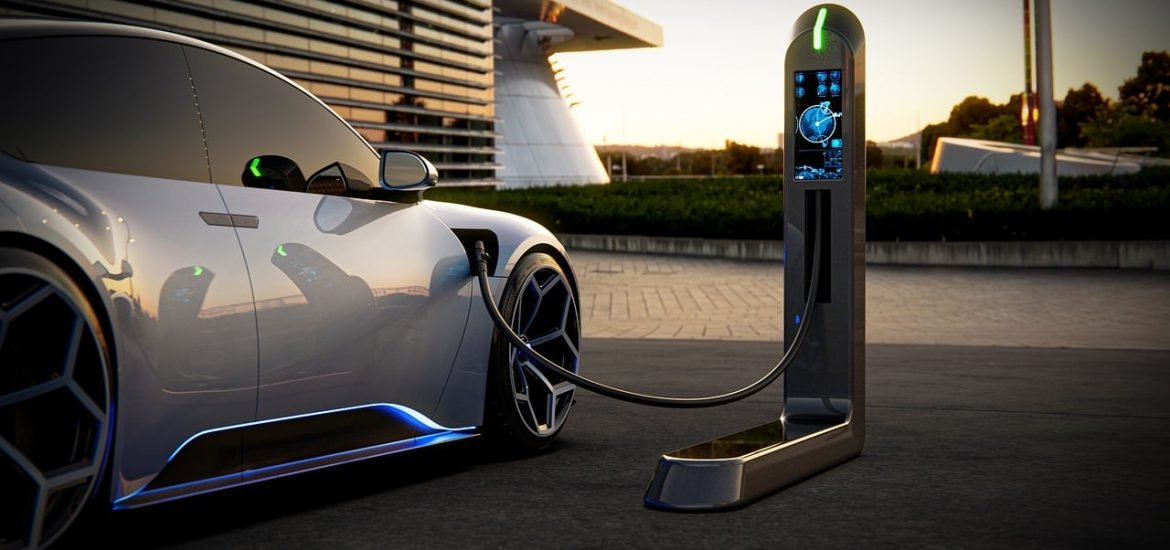
Reaching climate neutrality by 2050 will require 35 more times lithium and up to 26 more times the amount of rare metals compared to today’s limited use, according to a study by a team of researchers from the Belgian university KU Leuven. The study “Metals for Clean Energy” was commissioned by Eurometaux, Europe’s association of metal producers.
This is the first study to offer EU numbers regarding the need for specific metals to help end our reliance on fossil fuels. The energy transition will also need a greater amount of aluminium (about 30% more compared to what is used today), silicon (45%), nickel (100%), copper (35%), and cobalt (330%). These are essential to cover Europe’s plans to produce electric cars and batteries, as well as products for renewable energy and the infrastructure to achieve climate neutrality.
Despite the news that Europe could cover 40 to 75% of its metal needs by 2050 by recycling alone, it still faces some severe shortfalls in the next 15 years without mined and refined metals to trigger the start of this clean energy system. If nothing gets done, Europe will face problems by 2030 with global shortages of five metals especially: lithium, nickel, cobalt, rare earths, and copper.
EU demands will peak by 2040, by which stage, recycling should help towards self-sufficiency. This is assuming significant investments are made toward recycling infrastructure. “Europe needs to decide urgently how it will bridge its looming supply gap for primary metals. Without a decisive strategy, it risks new dependencies on unsustainable suppliers,” said Liesbet Gregoir, lead author at KU Leuven. Europe needs to develop new supply sources with high environmental and social standards.
According to the authors, Europe could find new mines to cover between 5% and 55% of its by 2030, especially for lithium and rare earths. However, at this stage, most projects have an uncertain future because they’re struggling with local community opposition and permit challenges or rely on untested processes.
Europe also needs to open new refineries to convert mined ores into metals ready for use. However, investment in this area is challenging, and skyrocketing power prices have already caused the closure of half of Europe’s existing refineries for aluminium and zinc, while production has increased in other parts of the world.
The study also found that, by 2050, locally recycled metals could represent ¾ of all Europe-made batteries, all of permanent magnets production, and significant amounts of aluminium and copper.
“Recycling is Europe’s best chance to improve its long-term self-sufficiency. It’s a step-up that our clean energy system will be based on permanent metals which can be recycled indefinitely, compared with today’s constant burning of fossil fuels,” the authors wrote in the study. Europe “must act strongly now to raise recycling rates, invest in the necessary infrastructure, and overcome key economic bottlenecks.” The study notes that metals recycling saves between 35% and 95% of the CO2 compared with primary metals production.
However, this will not happen until after 2040. “These applications and their metals are only just being put on the market and will not be available for recycling for the next 10-15 years.”